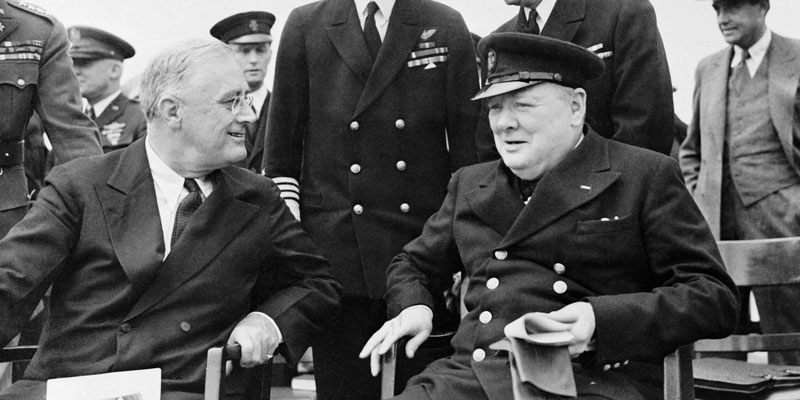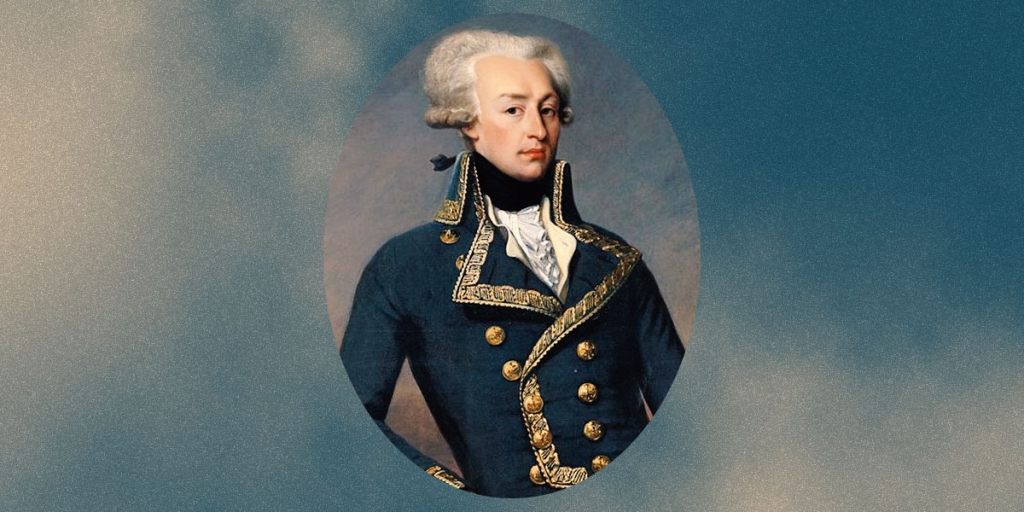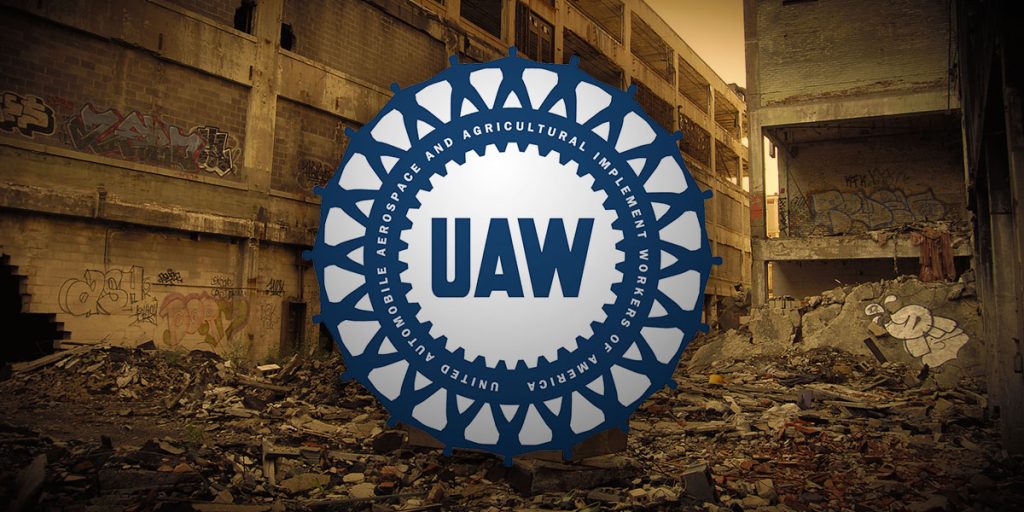As we prepare for Labor Day this coming Monday, it reminds me how labor union laden Alabama was during the immediate post World War II era in our state’s industrial development.
Alabama experienced the wrenching throes of the Great Depression like the rest of the nation. There were tragic stories of devastation that paralleled those illuminated in the classic novel, The Grapes of Wrath. On the other hand, I have heard many old timers who lived during the Depression say we never knew there was a depression in Alabama. We were poor before, so there was no marked difference to our standard of living. We had plenty to eat. There were people jumping out of buildings in New York City committing suicide because they were millionaires one day and penniless the next. We didn’t have much of that in Alabama.
These Depression-era rumblings resonate pretty accurately because most Alabamians lived off the land. Most of our ancestors were farmers and most had modest farms where they grew all their staples and food. Therefore, the Depression probably did not change their standard of living. In fact, it could have helped them buy their Sunday suit and pair of shoes for the year at a reduced price.
The South was an agrarian region. There was little industry in Alabama. Eight out of ten Alabamians, black or white, made their living on the farm. Although they had enough to eat, they were poor compared to the rest of the nation. It was a hard life with little discretionary income.
World War II brought America out of the Great Depression. The country had to become industrialized in a hurry. Most of Alabama’s young yeomen farmers were drafted or enlisted in the military. They saw the world and were exposed to a vast new world of opportunity. They came home aspiring to more than their fathers had experienced. They wanted out of their poverty, but they also loved their native Alabama roots. The best of both worlds was about to occur. Industry came to Alabama.
The post-World War II economy expanded into the Heart of Dixie. Birmingham became one of the South’s largest cities. Franklin Delano Roosevelt’s New Deal programs transformed the Tennessee Valley from an impoverished Appalachian region to a vibrant industrial area that would later attract Werner Von Braun and the Redstone Arsenal. The northern part of Alabama became the largest population base in the state due to this industrial expansion. Today it is still home to the majority of Alabamians.
A new generation of Alabamians moved from the farm to the factory. They also went a step further than the rest of the South and joined labor unions. Alabama became the most unionized state in the South.
Every major industry in Alabama was served by a unionized workforce. The steel mills of Birmingham were Alabama’s largest employers. The United Steelworker’s Union ruled supreme. The state docks in Mobile boomed with the economic expansion. The dock workers were all unionized.
The explosion of new automobiles desired by Americans created the need for tires. Tire makers looked to Alabama and built major plants here. B.F. Goodrich landed in Tuscaloosa. Goodyear settled in Gadsden and Opelika. These tire plants became the largest employers in these three cities. They were all unionized.
The paper mills in Tuscaloosa were unionized. Reynolds Aluminum built their largest plant in the world in Sheffield. It became the premier employer in the Quad-Cities. The workers were all union. The massive Tennessee Valley Authority, which harnessed the vast natural water of the Tennessee Valley, gave employment to an array of north Alabamians. These TVA workers were union members.
The Black Belt planters were like ostriches with their heads buried in the sand when they wrote Big Jim Folsom off as a buffoon in the 1946 governor’s race. They dismissed Big Jim, who had won the overwhelming endorsement of the AFL-CIO. However, they quickly realized that their Alabama had changed when Big Jim crushed their candidate and became governor because of the endorsement of organized labor.
However, over the past half-century, the American and world economy has changed, and labor union strength has diminished almost to the point of insignificance in Alabama. Although recently organized labor has made an intense effort to organize workers in the state. They made a run earlier this year on our crown jewel Mercedes plant but fell short.
See you next week.
Steve Flowers is Alabama’s leading political columnist. His weekly column appears in more than 60 Alabama newspapers. He served 16 years in the state legislature. Steve may be reached at [email protected].












